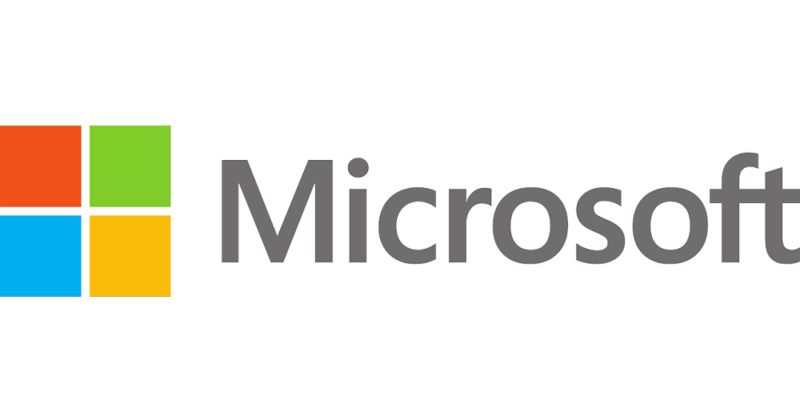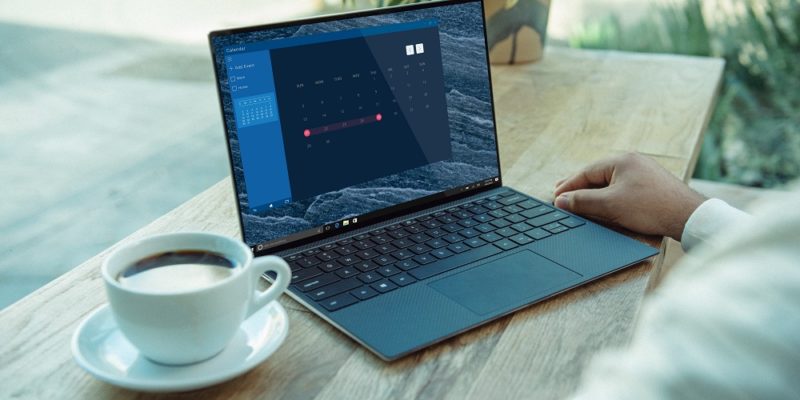 What you need to know about changes to Microsoft’s Security Update Guide
What you need to know about changes to Microsoft’s Security Update Guide
Microsoft recently changed how it presents and explains its security vulnerabilities in its products. The new security guide aligns itself with security and industry standards by describing the vulnerabilities with the Common Vulnerability Scoring System (CVSS), which presents a vulnerability’s key characteristics and assigns a numerical score to its severity. The intent of that score…









